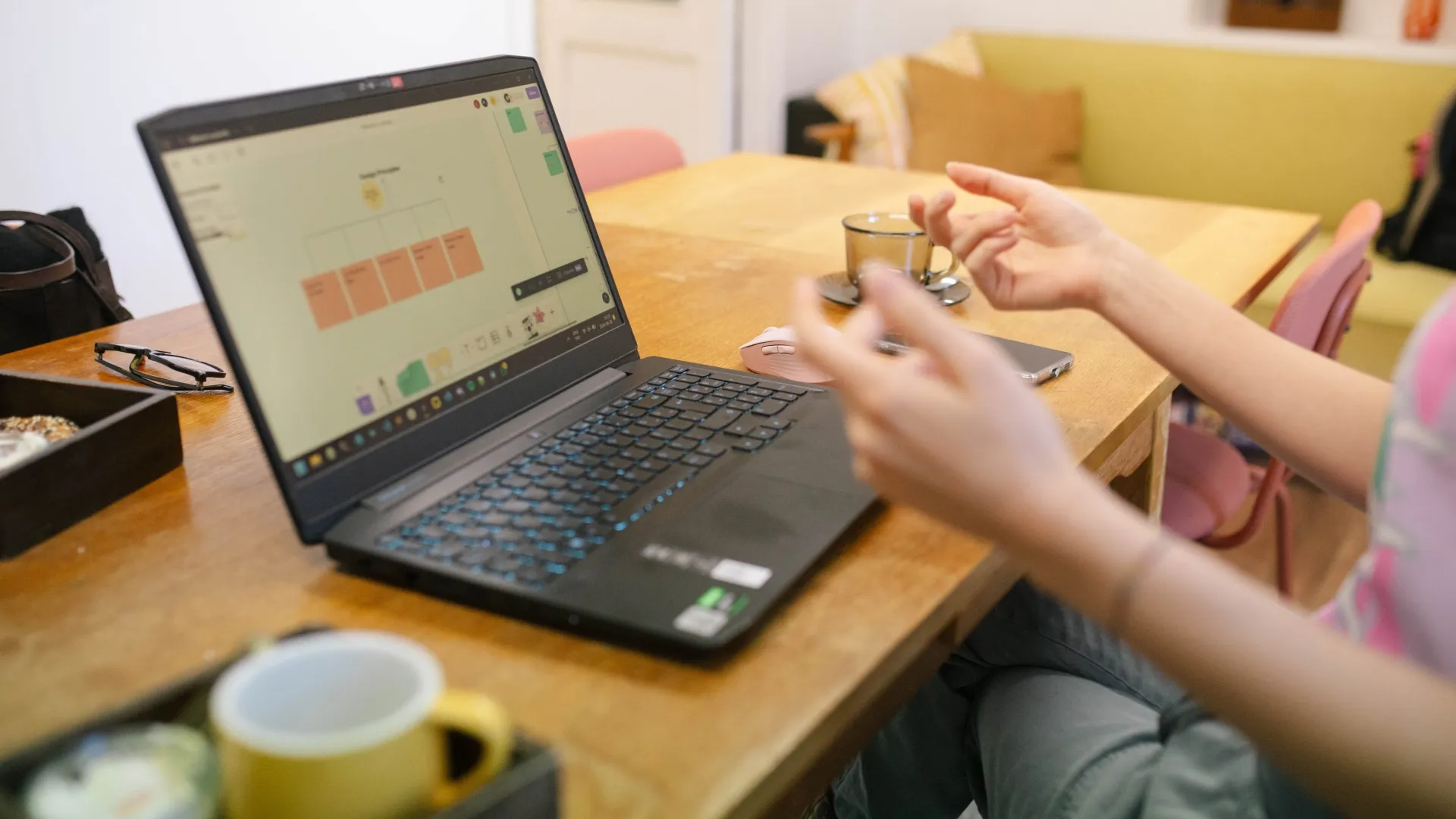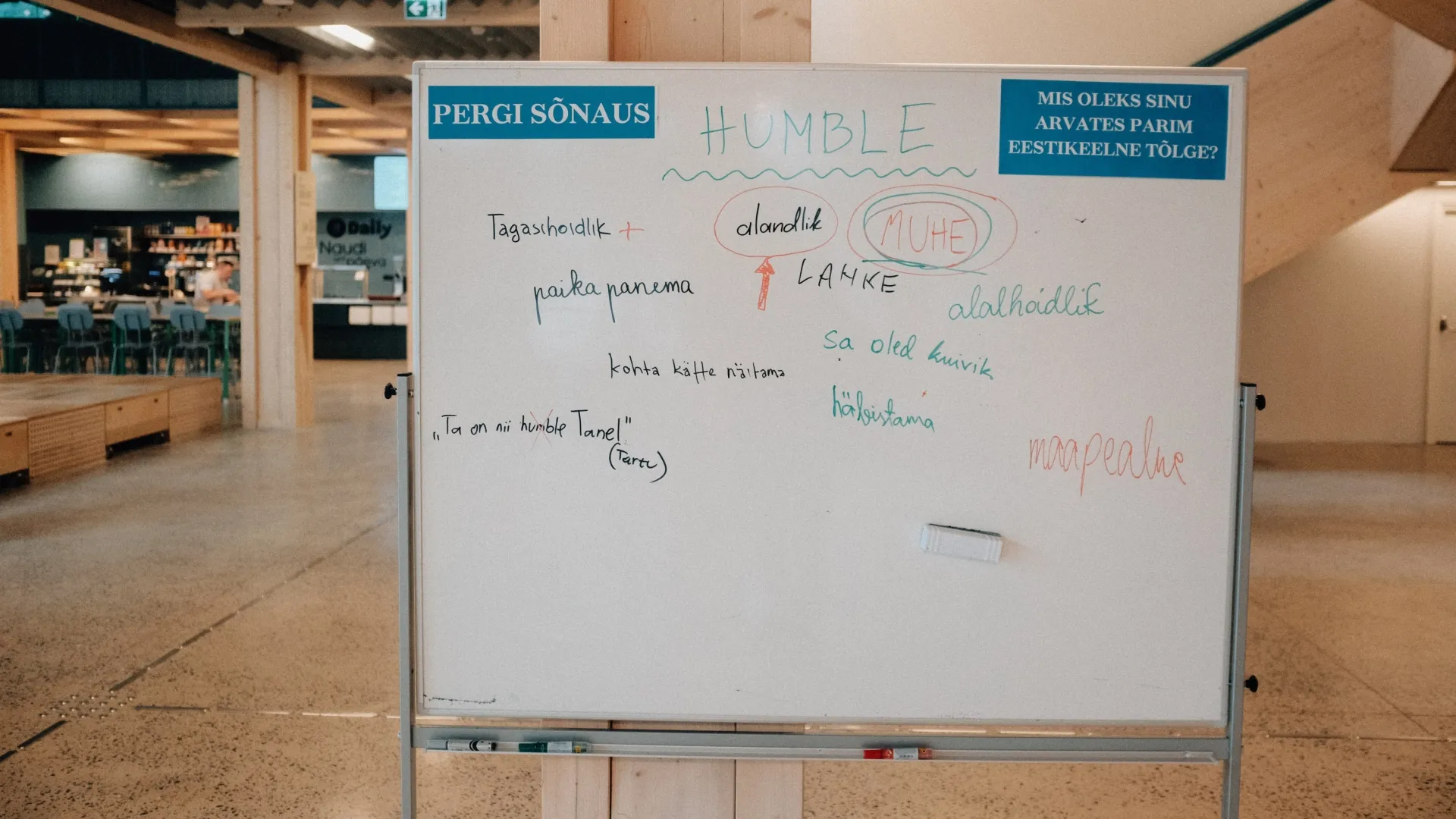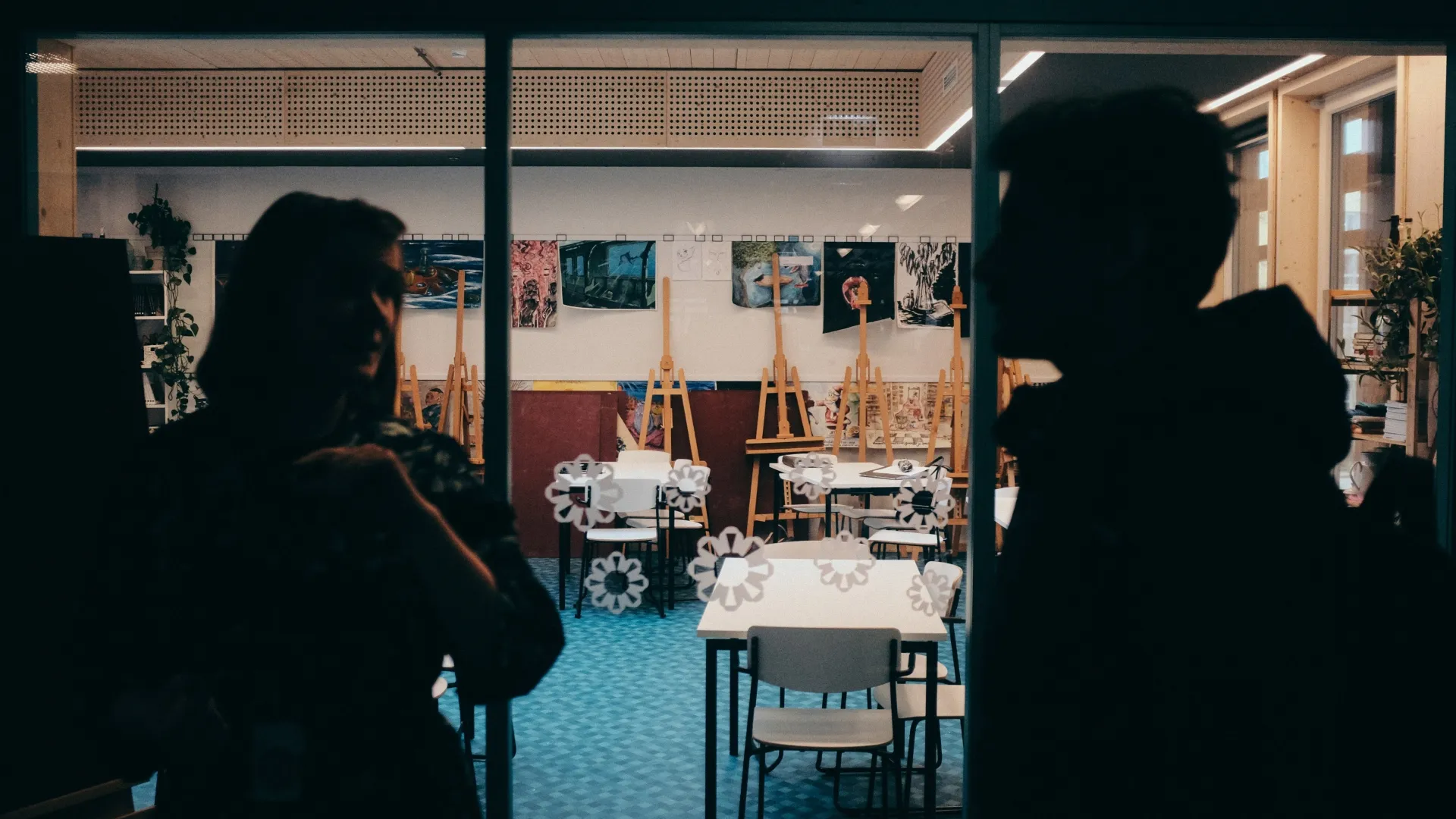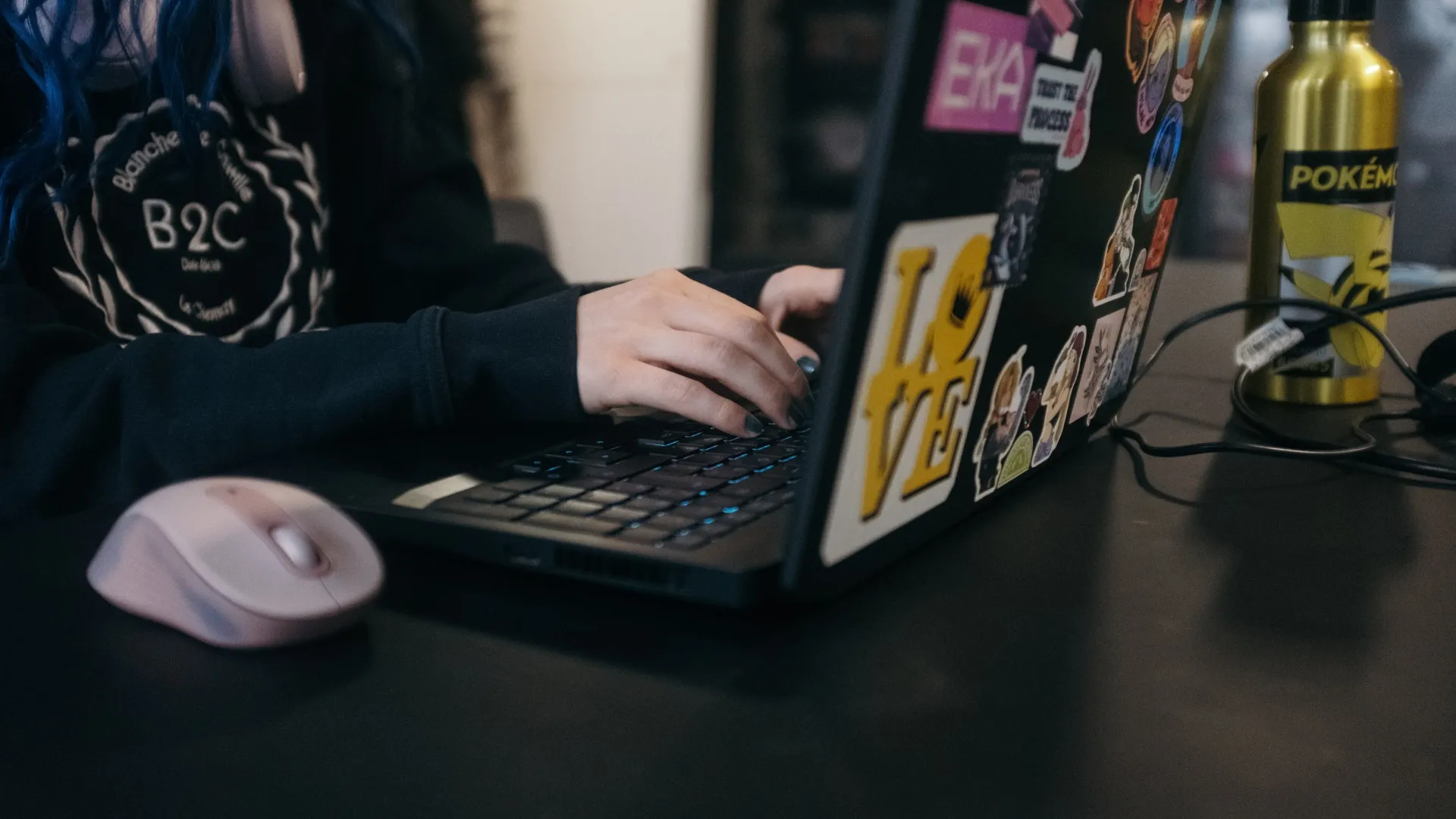Case Study: Helge
This research report includes sections from the investigation our team conducted for the client, Helge. Our team’s efforts included conducting interviews with psychologists and teachers, shadow-observing classes, testing the app ourselves, and investigating potential similar apps. For the selected parts of the case study, I am only including the areas to which I contributed: desk research, interviews with teens, and research synthesis. Team members were Tõnis Bender and Jayneet Sanchaniya.

About Helge
The Helge app is a digital tool designed by the Helge Kool NGO to improve and monitor the well-being of students aged 13-19 by tracking their emotional health through regular check-ins, providing personalized feedback, and offering group assessments based on the responses. By providing students and school staff with simple, accessible surveys, the app encourages self-reflection and offers data-driven advice on possible improvements.
Research objective
Our team’s objective is to identify and improve user experience issues with the Helge app, focusing on schools and students. The core challenge is to transform Helge’s existing data-based mental health analysis platform into a user-friendly, visually intuitive dashboard.

Desk research: Struggles of today’s students
Mental health challenges are becoming increasingly common among students, especially those from low-income backgrounds. Many young people are feeling overwhelmed by the pressures of school, and this is particularly true for 15 year old girls, who report the highest levels of stress related to school. A large number of students also experience symptoms of depression and sadness on a regular basis, and many feel that the support available to them through schools or local services just isn’t enough, especially for those with disabilities or financial difficulties. Other lifestyle factors, like poor diet, lack of sleep, and not getting enough physical activity also contribute to the decline in mental health. All of this adds up, and students are left feeling like they’re under constant pressure with nowhere to turn.
One of the key issues is the shortage of qualified mental health professionals, like psychologists and support specialists, in schools. On top of that, young people often don’t have the tools they need to understand their own mental well-being or to seek help when they need it. If they struggle to talk openly with their parents, that can make things even worse.
Another layer to the problem is that teachers and parents often don’t see eye to eye when it comes to a child’s well-being. This disconnect can mean that students fall through the cracks, with adults assuming someone else is taking care of the problem. What really makes a difference for students are things like having strong relationships, being given meaningful choices in their learning, and engaging in tasks that feel relevant and rewarding. These elements help build confidence and emotional resilience, but they’re not always present in today’s classrooms.

Interviews with youngsters
We managed to conduct interviews with three teens, two of whom were extreme cases. All of them had taken some kind of psychological assessment during school a few times, but nothing like Helge. The two extreme cases had troubles in life (abusive families, financial difficulties, suicidal tendencies) and sought help from school psychologists, but the “help” was ineffective. They ended up abandoning their family homes and dropping out of high school.
Regarding the psychological tests they had taken, one girl mentioned that she often felt like she was under interrogation because the questions were too direct. Sometimes, the teacher would look directly into the students’ eyes while they were taking the test to make sure everyone was answering in the “correct” way. Even when teachers didn’t do this, she believed most students answered those questions with “no” because they felt it was the right answer. After the tests, none of them saw a result screen.
“It was my chance to get help. I opened up and answered that I was really feeling horrible. I ended up with nothing.”
None of them had positive experiences with school psychologists. They often struggled to reach out for support, get the help they needed and have their privacy respected. One interviewee told me that her first visit to the school psychologist was because of her teacher’s suggestion, but not because of her mental problems or suicidal tendencies (she had visible scars on her wrists, and she said teachers didn’t care), but because she was gay. The school psychologist didn’t respect her privacy and called her mother about her daughter being gay. At her next school, she went to a school psychologist who had won an award. While explaining that she was depressed, the school psychologist advised her to take walks. She didn’t care about her problems and ended up lying during the next sessions just to get them over with.
“She was a busy b**** who didn’t care about students.”
Another interviewee went to a school psychologist because her teacher was bullying her. The school psychologist called the teacher and sided with her. They talked about her in front of her, saying she was a troublemaker. The teacher told her she needed to leave the school if she couldn’t handle it, so she did. These experiences led these teens to an inability to trust school psychologists and forced them to cope with their problems on their own.
“If you feel bad, you feel like you’ll get punished. That’s why you keep your mouth shut.”
I asked them to try out Helge. They liked the test and found Helge’s wording quite good. They mentioned that the results screen (especially for the bad results) is so beneficial and validating because it would feel like confirmation to seek help.
“I can absolutely take that test without feeling horrible.”
Without me asking, they started talking about possible features they would like to see in the app. They would like to have a personal log about their day, maybe just a few questions before and after the school day (like our check-ins and check-outs). They also suggested a small section to add their mood or maybe a few comments, as some of them have a hard time talking about their problems. This way, they could figure out what makes them feel good or bad, and they would like to show the results to a psychologist to better explain themselves. However, they emphasized that this feature shouldn’t be mandatory, as it could become a chore.
“I feel like it would really help me during my high school years.”

Research synthesis
The Estonian education system lacks sufficient tools and services to support students. Helge strives to address this gap, but its effectiveness and ability to draw meaningful conclusions from the data collected remain unclear. Schools are skeptical about the value it provides and struggle to find practical uses for the data, making it difficult to create actionable plans based on the information. On the other hand, students are in need of support and face challenges in accessing it from schools or adults, which makes it harder for them to cope with mental health issues. Helge needs a better platform to measure students’ well-being and present this data clearly to school psychologists. The app can help support students by fostering a connection between them and school staff, while also providing schools with valuable data to improve their approach.
The problem Helge has been facing has multiple facets. The data provided by students should be relevant and accurate. Helge should make it easier for school psychologists to understand, and school psychologists should interpret the data correctly and take appropriate actions based on the results.
Some specialists find the statistics Helge provides as a helpful tool to start discussions in sessions, but struggle with interpreting the results.
Even though school staff are skeptical about the app, it’s important to remember that the core issue Helge is trying to address is students’ well-being. It should help them learn how to build self-confidence. Students are seeking help and need to feel that their feelings are being taken seriously by others. Helge can be a building block to bridge the gap between students and the support they need.
📷 Photos by Tõnis Bender